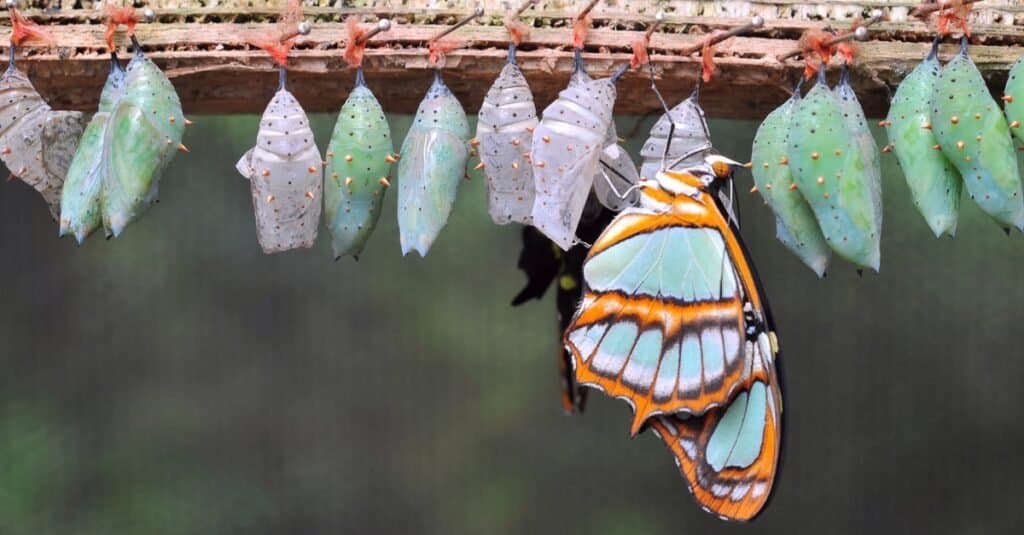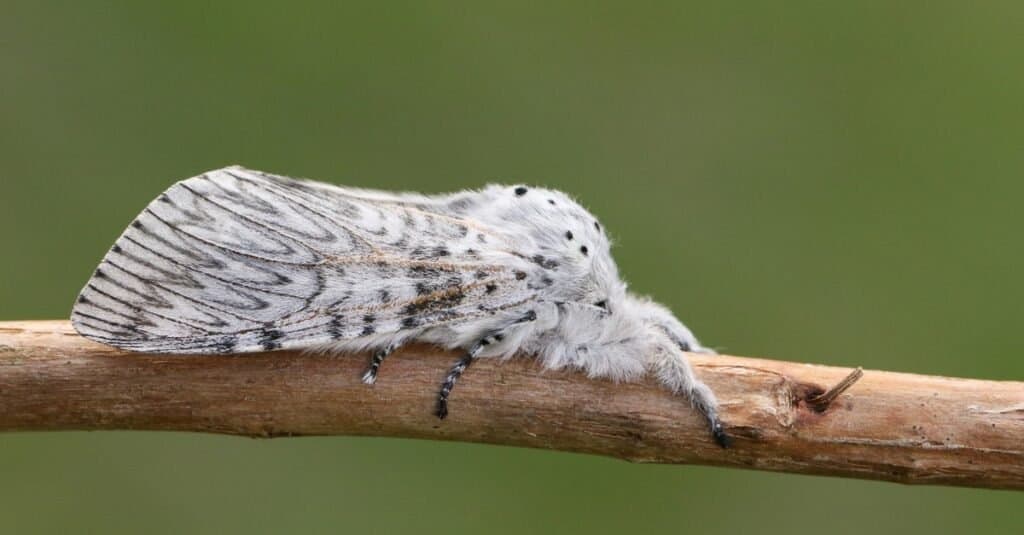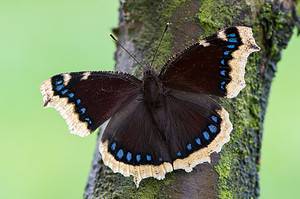Have you ever stopped to consider the differences between a chrysalis vs cocoon? Many people use these words interchangeably, but there are many key differences between the two words, including the animals that use these amazing metamorphosis tools! There are a lot of fantastic reasons why chrysalis and cocoons are used, and this tends to lead to subtle differences between them.
In this article, we will compare and contrast chrysalis vs. cocoon so that you can finally be able to tell the two apart. They are indeed very different, so let’s dive in and learn about those differences now.
Comparing Chrysalis vs Cocoon

| Chrysalis | Cocoon | |
|---|---|---|
| Animal | Butterflies | Moths, some butterflies, fleas, wasps |
| Materials Used | Exoskeleton or chitin | Silk |
| Location | Hanging from structures and plants | Buried underground or under plant matter |
| Purpose | Warmth, protection, hard casing as butterfly liquifies | Warmth, protection, camouflage for moth as it transforms |
| Size | 1 inch or more, depending on butterfly species | 7-10 centimeters, depending on moth species; could be much larger |
The Main Differences Between Chrysalis vs Cocoon

Butterflies use chrysalises, while cocoons are used by moths and other insects.
©Ksenia Ragozina/Shutterstock.com
There are many key differences between chrysalis vs cocoon. The primary difference lies in the animals that utilize both of these unique structures. Butterflies use chrysalises, while cocoons are used by moths as well as other insects. The materials that these protective substances are made out of are all so different, with chrysalises being made out of exoskeleton material and cocoons are made of silk.
There are even more differences to explore when it comes to telling the difference between these two structures. Read on to learn more about these differences in much more detail.
Chrysalis vs Cocoon: Animals that Use Them

Both butterflies and moths go through transformations in these unique structures, but caterpillars can make cocoons, and moth larvae cannot make chrysalis.
©iStock.com/CathyKeifer
The primary difference between chrysalis and cocoons is the animals that use them. Butterflies primarily use chrysalises, while moths use cocoons. While this may feel like an unnecessary distinction, this is the main difference between these two structures.
Both butterflies and moths go through transformations in these unique structures, but caterpillars can make cocoons, and moth larvae cannot make chrysalis. There are many other things that illustrate the differences between these two concepts, but it is important to note that chrysalis and cocoons are only used by certain animals.
Some studies suggest that other insects use cocoons in their life cycle and metamorphosis process. Some caterpillars for example even use cocoons rather than chrysalis, and other bugs that make cocoons include fleas and certain wasps.
Chrysalis vs Cocoon: Materials Involved
Another key difference between chrysalis versus cocoons is the materials used to make both structures. Chrysalis are made of chitin or exoskeleton material, while cocoons are made exclusively of silk material.
Even though chrysalis are made out of hard and rigid exoskeleton material, they are still suspended in place using silk, just like cocoons are. However, cocoons are made entirely from silken materials, making them inherently less strong than chrysalis. While both structures aren’t strong enough if a predator happens to come upon them, the chitin material found with chrysalis May better protect a butterfly over a moth in a cocoon.

Chrysalis are made of chitin or exoskeleton material, while cocoons are made exclusively of silk material.
©Sandra Standbridge/Shutterstock.com
Chrysalis vs Cocoon: Location
Another difference between chrysalis vs cocoon is the location that they are typically placed in. While many chrysalis are left hanging underneath plant leaves and branches, cocoons are often found buried under soil or plant matter like leaf piles.
While both caterpillars and moth larvae set up their structures in order to keep themselves safe from predators, the locations that they choose are very different. Many cocoons end up in locations that are well hidden and tucked away, which is why they often end up closer to the ground. Chrysalis are often in more open areas or in specific plant locations. For example, the monarch butterfly builds its chrysalis on milkweed, which is its primary food source.
Chrysalis vs Cocoon: Overall Purpose

While many chrysalis are left hanging underneath plant leaves and branches, cocoons are often found buried under soil or plant matter like leaf piles.
©tcareob72/Shutterstock.com
Another difference between chrysalis and cocoons lies in their overall purpose. While both structures are designed to protect the delicate larvae inside, chrysalis are built to house a completely liquefied larvae, while cocoons are built to encase a larvae or caterpillar as they transform without fully liquefying.
This is a subtle distinction between the two structures, as they both provide protection and camouflage for the insects undergoing this huge transformation. However, chrysalis are built out of sturdy exoskeleton material, while cocoons are much softer and more porous.
Both structures are very complicated, and they both conceal the complicated metamorphosis process that the insect is undergoing inside. However, many chrysalis can be far more complicated than cocoons based on the nutrition and structure that they provide.
The photo featured at the top of this post is © Ksenia Ragozina/Shutterstock.com
Thank you for reading! Have some feedback for us? Contact the AZ Animals editorial team.






